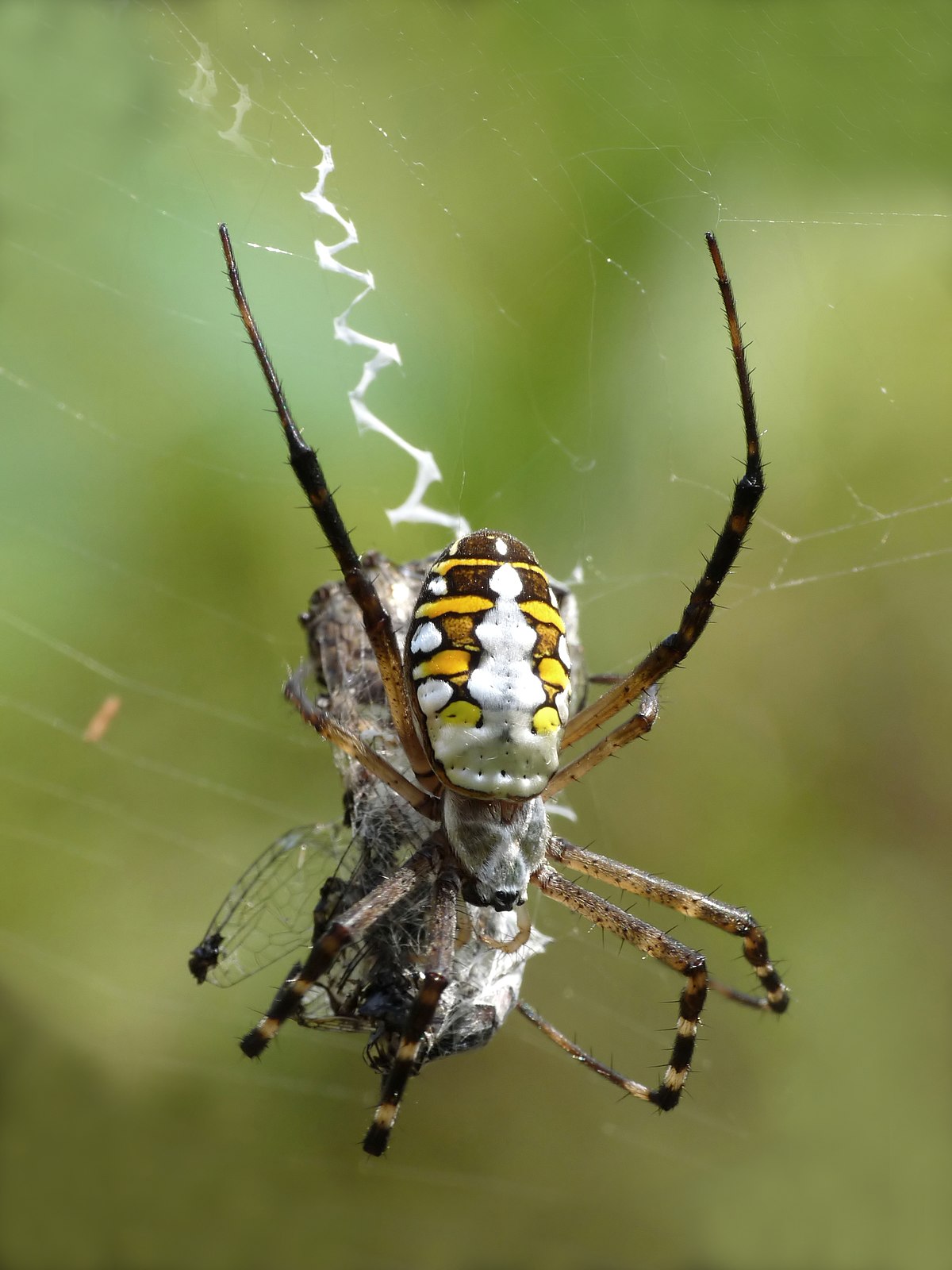The intricate webs spun by orb weaver spiders have fascinated observers for centuries, inspiring awe and curiosity alike. Beyond their aesthetic appeal, these arachnids possess a remarkable ability that has garnered both fear and respect: the production of venom. While not typically life-threatening to humans, the venom of orb weavers plays a crucial role in their survival, offering insights into the complex interplay between organisms and their environment.

Image: www.youtube.com
Orb weaver spiders belong to the family Araneidae, boasting a global distribution across diverse habitats. Their common name aptly describes the symmetrical, circular webs they construct, which serve as both intricate snares and elegant displays. However, beneath their delicate appearance lies a potent defense mechanism –– their venom.
Venom Composition and Function
The venom of orb weaver spiders is a complex cocktail of neurotoxic and cytotoxic compounds, designed specifically to subdue prey. It primarily comprises proteins, peptides, and small molecules, each playing a distinct role in immobilizing and liquefying the victim. Neurotoxins directly target the insect’s nervous system, causing paralysis and hindering escape. Cytotoxins, on the other hand, dissolve the victim’s internal tissues, turning them into a nutrient-rich soup that the spider can easily ingest.
Prey Specialization
Orb weaver spider venom is tailored to their specific prey preferences. For instance, spiders that primarily target delicate flying insects, such as moths and flies, produce venom with higher neurotoxin content, ensuring rapid paralysis. In contrast, spiders that target tougher prey, such as beetles, have venom that is richer in cytotoxic compounds, capable of breaking down the insect’s exoskeleton.
Venom Effects on Humans
Despite their venomous nature, orb weaver spiders are generally not considered dangerous to humans. Their venom is primarily designed to subdue small invertebrates, and the amount injected is insufficient to cause significant harm to larger creatures. However, in rare cases, people who are particularly sensitive or allergic to spider venom may experience localized reactions, such as pain, swelling, and redness.
If bitten by an orb weaver spider, the recommended course of action is simple: wash the affected area with soap and water, apply a cold compress, and seek medical attention if symptoms persist or intensify. Most bites heal quickly without any long-term effects.

Image: en.wikipedia.org
Ecological Significance of Venom
The venom of orb weaver spiders plays a vital role in maintaining ecological balance. These spiders are voracious predators, consuming vast numbers of insects, including those that can transmit diseases or damage crops. Their venom not only allows them to effectively capture and digest their prey but also acts as a deterrent to would-be predators, ensuring their survival and contributing to the overall health of their ecosystems.
Orb Weaver Spider Poisonous
Conclusion
Orb weaver spiders stand as testament to nature’s intricate beauty and resourceful adaptations. Their venomous capabilities, while formidable to their tiny prey, serve as a testament to their ecological prowess. By unraveling the enigma of their venom, scientists gain valuable insights into the intricate interactions that govern the natural world and the remarkable diversity of life that it supports.